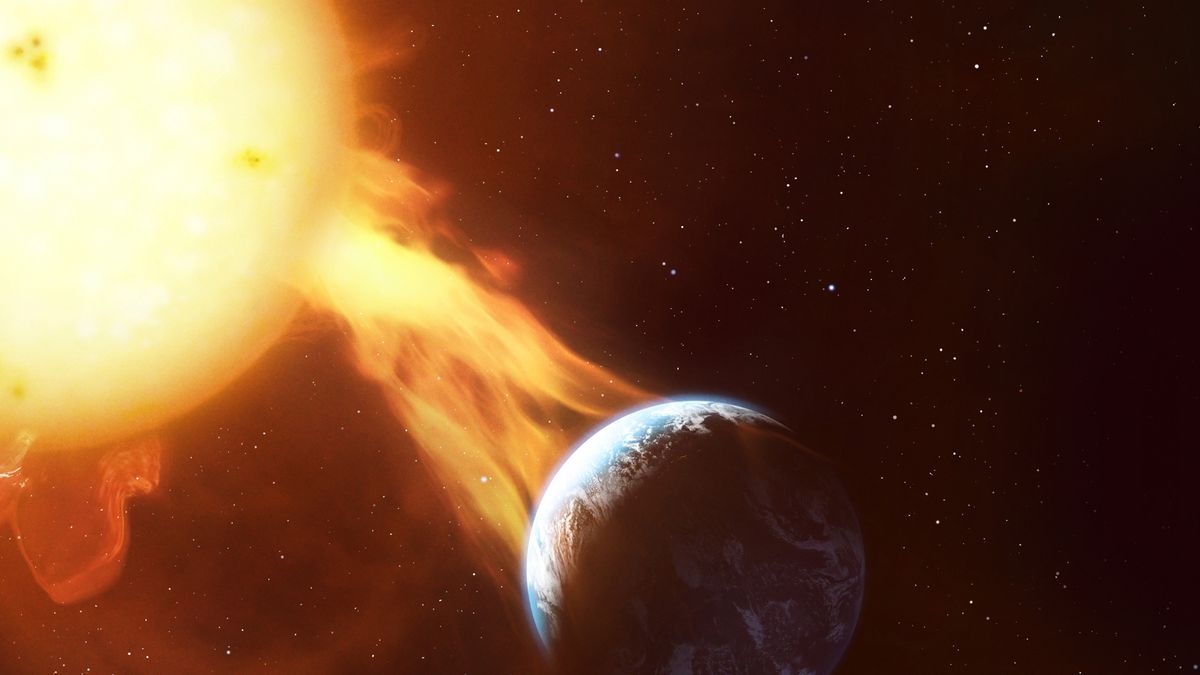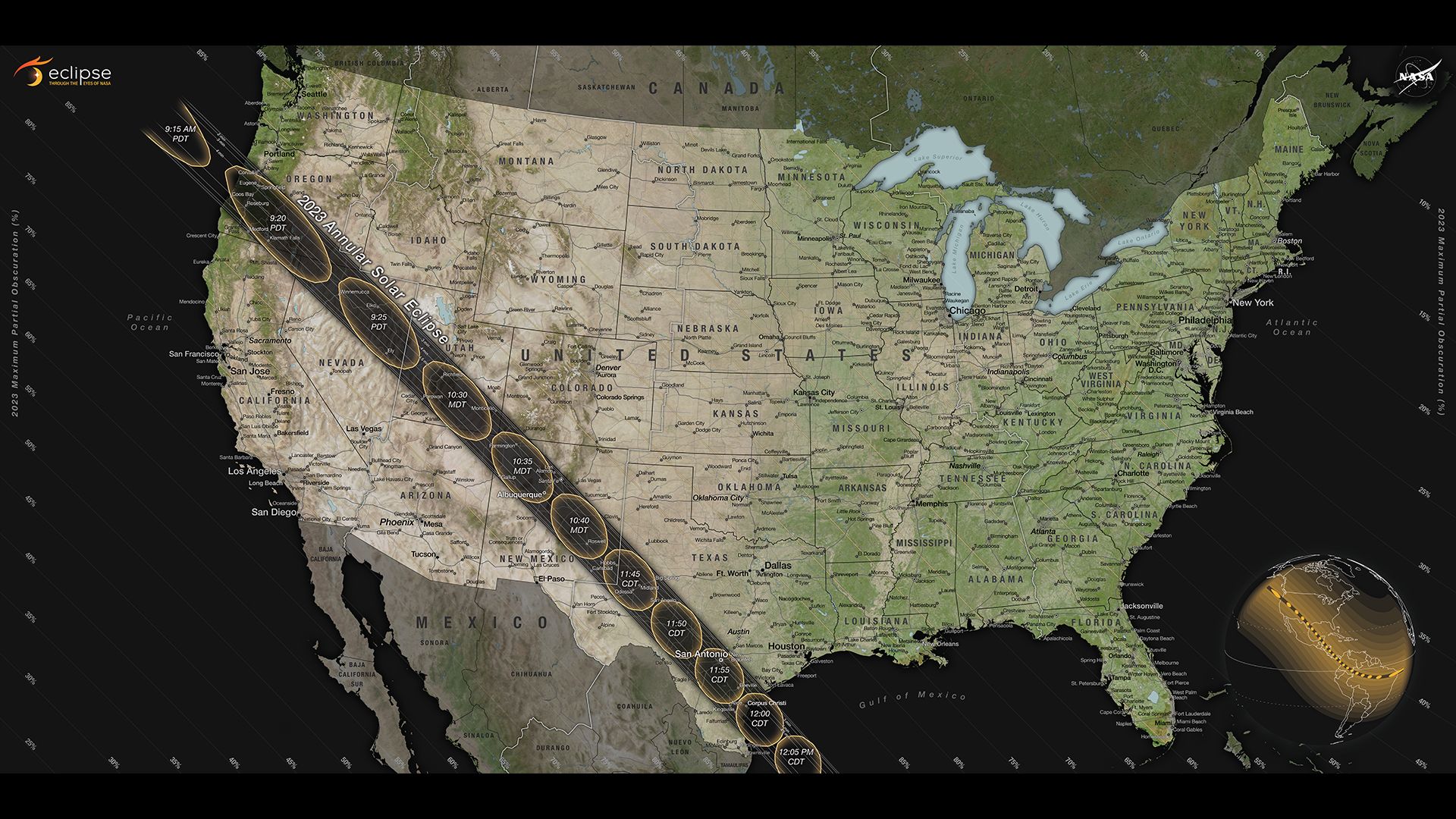Nicola Fox, associate administrator for NASA’s Science Mission Directorate (left), signs the Memorandum of Agreement for Space Weather alongside Ken Graham, assistant administrator for NOAA’s Weather Services (right). This quad-agency agreement will further research and operations of space weather to improve space weather predictions and preparedness while also mitigating its impacts. NOAA / Robert Hyatt On Dec. 7, 2023, Nicola Fox, associate administrator for NASA’s Science Mission Directorate, signed on behalf of the agency the Memorandum of Agreement for Space Weather Research-To-Operations-To-Research Collaboration. This quad-agency agreement is between NASA, the…
Read MoreTag: space weather
What is STEVE, and how is it different from the aurora?
The aurora might be the most famous atmospheric phenomenon in our night sky, but it certainly isn’t the only one. If you’ve not yet been introduced, we’d love you to meet STEVE. STEVE — Strong Thermal Emission Velocity Enhancement — is an aurora-like glow that often accompanies the northern lights, yet is a distinct phenomenon, according to the American Geophysical Union (AGU). STEVE was discovered between 2015 and 2016, not by professional astronomers or physicists, but by citizen scientists in Canada chasing the aurora, according to the first study published…
Read More‘Potentially catastrophic’ solar storm identified in ancient tree rings
Earth was hit by the largest-ever detected solar storm 14,300 years ago, ancient tree rings reveal. If a storm of a similar magnitude hit our planet today, it could have potentially catastrophic effects on our modern technological society. The powerful solar storm was identified by an international team of scientists studying ancient tree rings preserved in the eroded banks of the Drouzet River, near Gap, in the Southern French Alps. Related: Yes, solar storms are increasing, but don’t lose sleep over an ‘internet apocalypse.’ By studying ancient tree rings,…
Read MoreAnnular solar eclipse 2023: Live updates
Refresh 2023-10-06T15:59:38.220Z Ring of fire solar eclipse of 2023 is one week away! The path of annularity crossing the U.S. on October 14, 2023. (Image credit: NASA Scientific Visualization Studio) The stage is set for one of the greatest sun events of 2023, if not the greatest skywatching event of the year! We are officially one week away from the annular solar eclipse of Oct. 14 and is one that could potentially be visible to millions of people across the United States. While not a total solar eclipse, the annular…
Read MoreSolar Tsunami Hit Earth 9,200 Years Ago
Scientists examining ancient ice cores have found radioactive evidence of an extreme solar storm that took place in 7,176 BCE. The post Solar Tsunami Hit Earth 9,200 Years Ago appeared first on Sky & Telescope.
Read More
